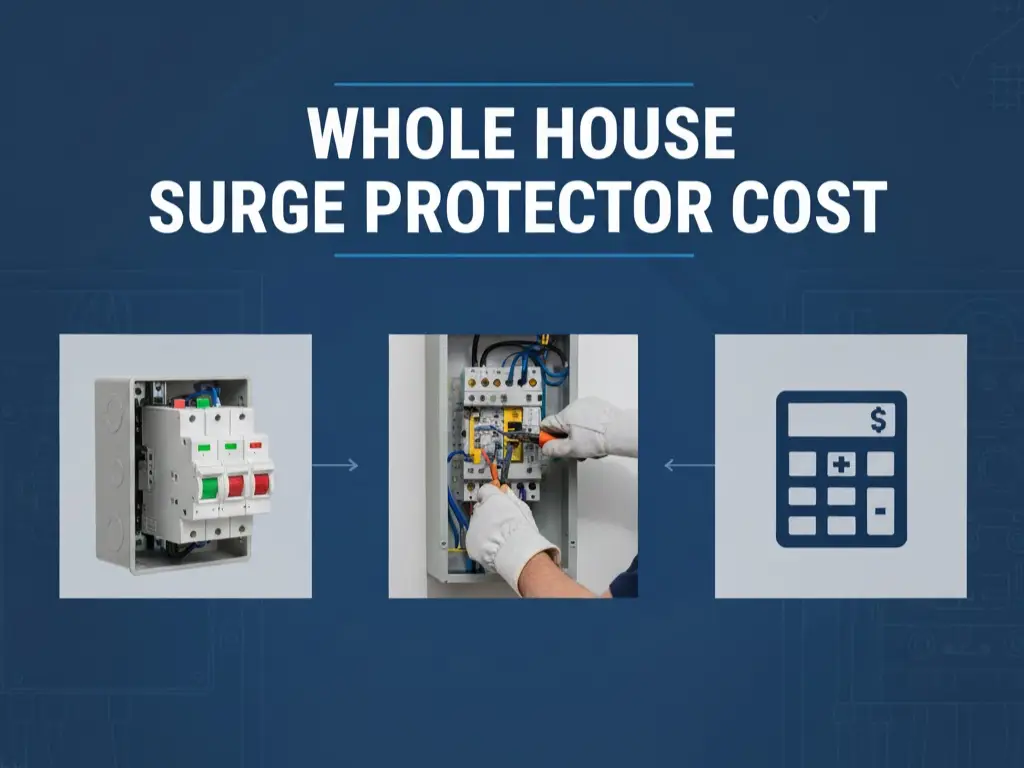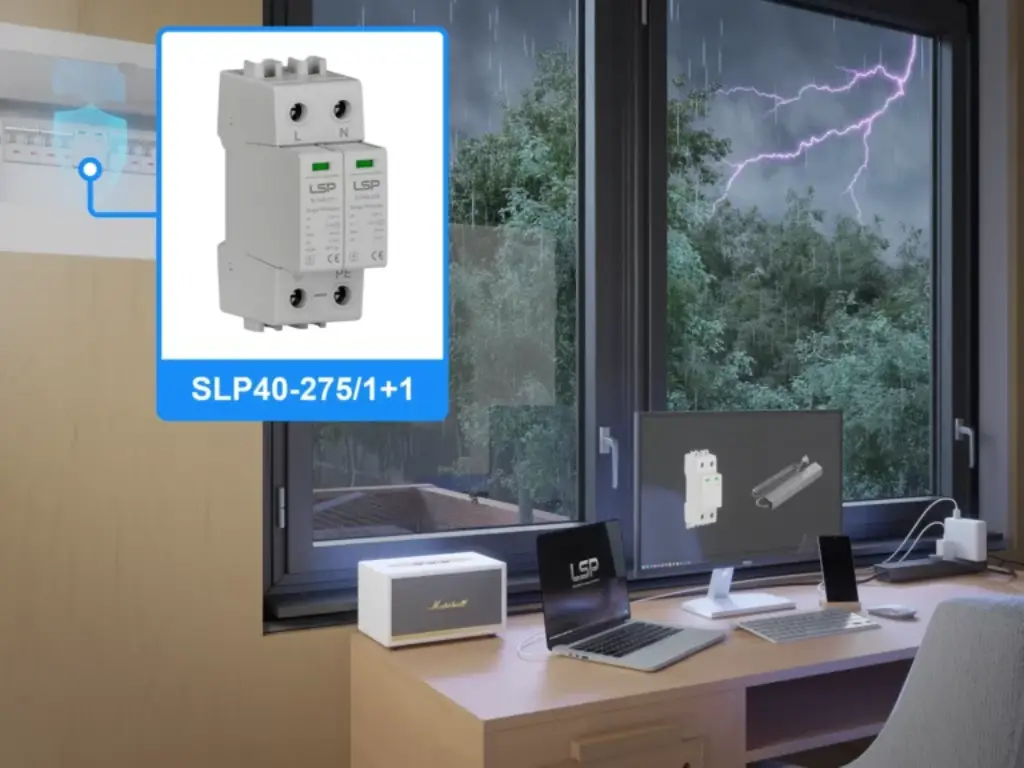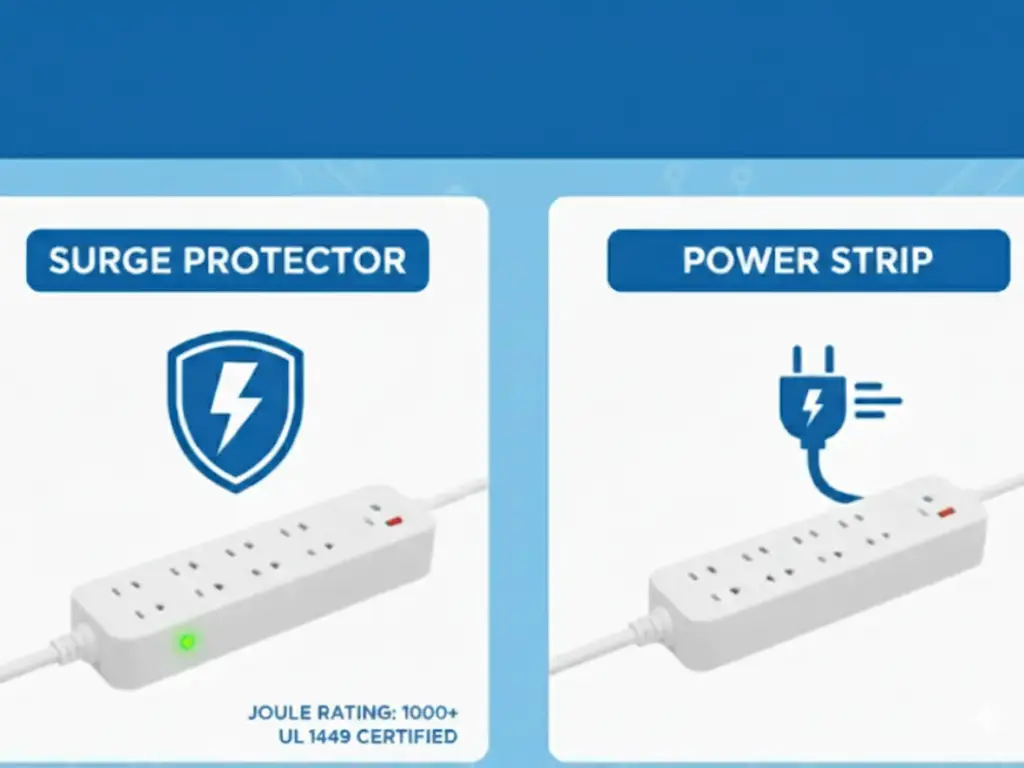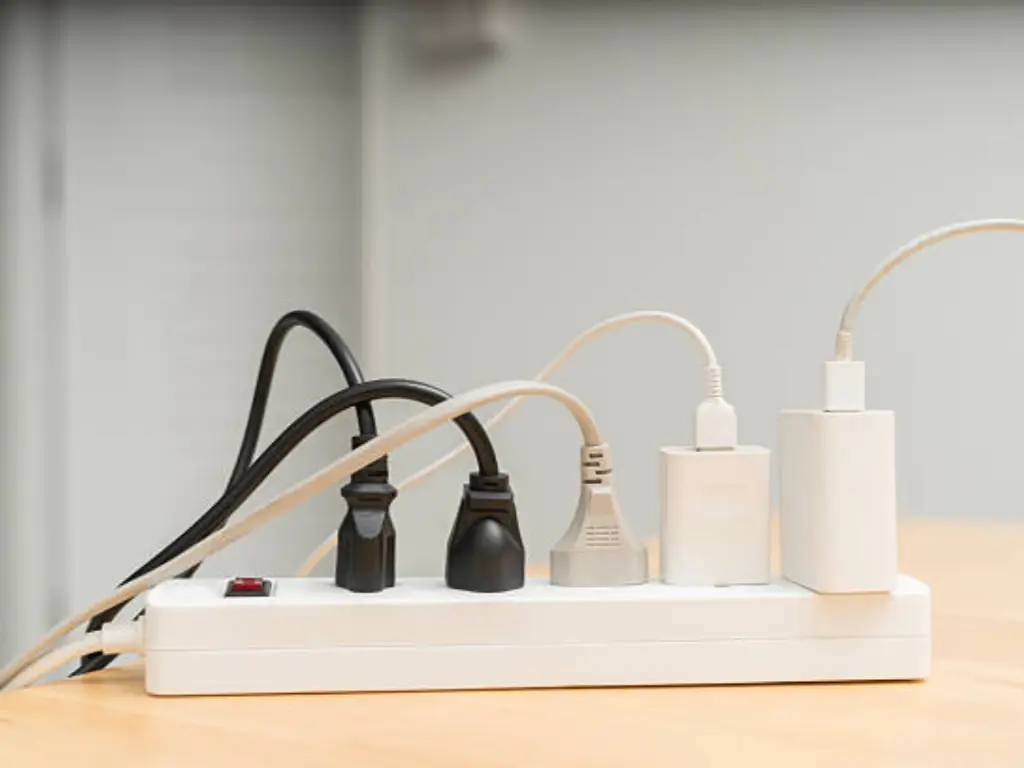Your building is always using electricity—a constant stream of AC power that is used to light, power computers, machinery, and other vital systems. We depend on this flow daily, although we do not see or hear it. We want it to be constant and continuous. However, expectations are not guarantees. In the case of risks like electrical surges—sudden and potentially harmful spikes in voltages. Without a proper protective device, these surges can lead to significant downtime. It is necessary to prepare and strategize to safeguard operations and assets.
We have faith in the electrical grid, our internal wiring, and existing protection like circuit breakers to provide us with consistent power. However, these electrical systems are not foolproof. Unpredictable transient voltage surges can occur at any time. These surge events can result in severe damage to sensitive equipment, which can impact productivity, safety, and comfort. It is not a question of if a harmful overvoltage will occur, but when. The effects may be drastic without proper surge protection. Instead of waiting passively for the system to remain stable, it is time to take proactive, smart measures to protect against these electrical threats.
Understanding Power Surges: The Invisible Threat to Your Equipment
A power surge, technically known as a transient overvoltage, is a short-duration increase in applied voltage. These transient voltages, or transients, can reach thousands of volts in microseconds, well beyond the capability of standard electrical systems. Surge events are both external and internal. On the outside, dramatic events like lightning strikes or utility grid switching can create large, damaging surges. On the inside, smaller surges are common every day due to equipment like HVAC systems, elevators, and motors. These repeated disturbances, although small, gradually wear out sensitive electronics and their internal protective components, causing them to fail over time. The consequences can be severe, leading to equipment damage, data loss, and expensive downtime. The danger is always present and is often unseen until it causes harm.
What is SPD in Electrical? A Comprehensive Look at Surge Protective Devices
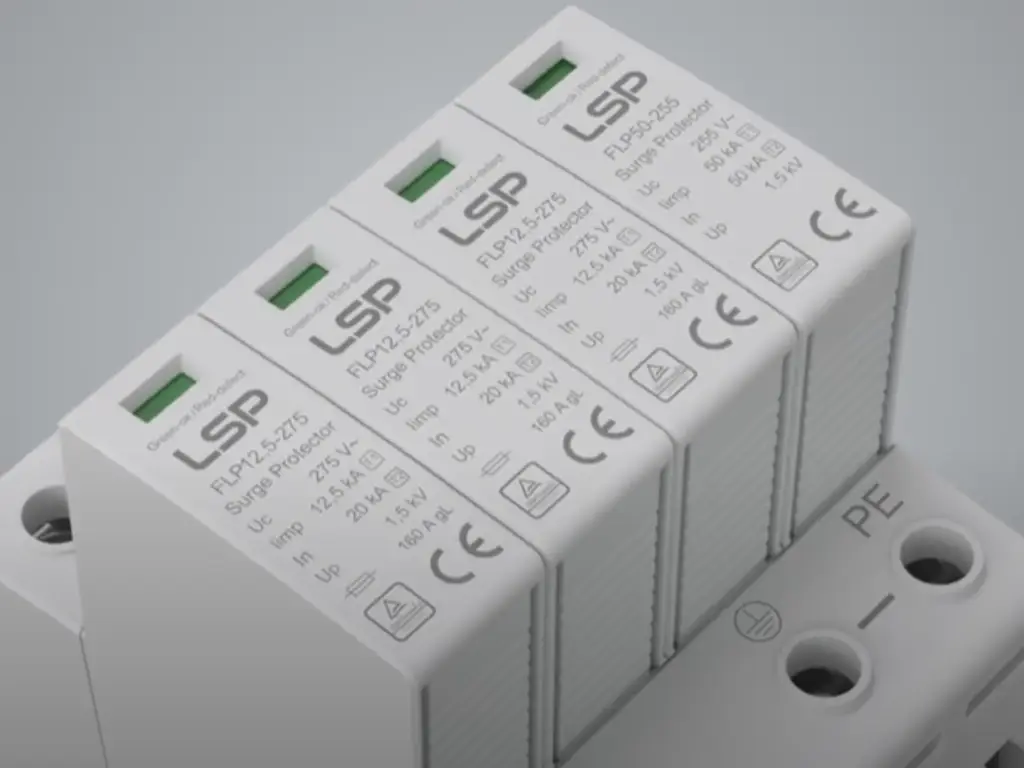
To guard against unpredictable power surges, we don’t need to over-engineer the entire electrical system. Instead, we rely on a specialized protector: the Surge Protective Device, or SPD. An SPD is a dedicated protective device designed for transient voltage suppression, safeguarding electrical systems by safely diverting harmful surge current away from sensitive equipment. SPD electrical solutions are commonly integrated into commercial, industrial, and residential infrastructure to enhance overall power protection.
The SPD operates by maintaining a high impedance state during normal operation, staying out of the way when normal operating voltages are present. However, when the applied voltage exceeds a specific threshold voltage, the device’s response time is nearly instantaneous. It rapidly switches to a low impedance state, creating a safe path to discharge the excess energy to the ground. After the surge event passes and voltage levels return to normal, the SPD automatically resets, ready for the next event. This action is often driven by core protective components like Metal Oxide Varistors (MOV). This type of varistor, often made of zinc oxide, dynamically changes its resistance with voltage to absorb and divert the surge.
An SPD is is a heavy-duty device built to handle large surge currents and is a critical part of any complete electrical safety plan.
Layered Defense: Different Types of SPDs and Their Applications

Surge protection is a multi-layered, co-ordinated process involving the use of various types of SPDs at strategic locations in the electrical installation. This methodical process, which is usually characterized by the requirements of organizations such as the IEC, guarantees that when a surge travels, its energy is reduced to a safe level prior to reaching critical loads. The categorization of SPDs is according to location and capacity:
| SPD Type | Installation Location | Purpose | Surge Capacity | Typical Applications |
| Type 1 | At service entrance (between utility transformer and main panel) | First line of defense against high-energy external surges (e.g., lightning) | Highest (10/350 µs waveform rated) | Main switchboards, buildings with external lightning exposure |
| Type 2 | Downstream of main disconnect (distribution/sub-panels) | Protection against residual surges from Type 1 or internal switching events | Medium (8/20 µs waveform rated) | Distribution boards, commercial panels, industrial systems |
| Type 3 | Point-of-use near sensitive loads | Final protection for critical or sensitive devices | Lowest (fast response to small surges) | Workstations, PCs, PLCs, medical devices, wall outlets |
Engineers and facility managers can create a robust defense against transient overvoltages by installing SPDs in layers, starting at the service entrance and extending to the point of use. The different types of SPDs have a complementary role to play and when used appropriately and in a coordinated manner, they create a protective ecosystem that reduces downtime, equipment damage, and electrical system reliability in the presence of unpredictable surges.
Why Invest in SPDs? Protecting More Than Just Your Devices
The cost of a comprehensive surge protection strategy is a business decision with far-reaching implications. While the initial investment in a surge protective device (SPD) might seem notable, it pales in comparison to the potential losses from inaction. The immediate result of a single surge event might be repairing or replacing hardware, but that is often just the tip of the iceberg.
The actual effect is played out as operational downtime. These interruptions ripple through operations, adding costs and rapidly transforming a small electrical event into a big financial disaster. In our modern world, the ripple effects extend well beyond one device. Surge protection is crucial for this ecosystem, protecting all manner of electronic devices. Using the right surge protection device for solar panel systems ensures the longevity of your equipment.It is an investment in reliability, continuity, and a long service life for your equipment, ensuring a longer life than would be possible otherwise. Similar to insurance, SPD provides protection against unforeseeable electrical hazards, where the price of prevention is a fraction of the cost of recovery.
SPD Selection and Installation: Key Steps for Effective Protection
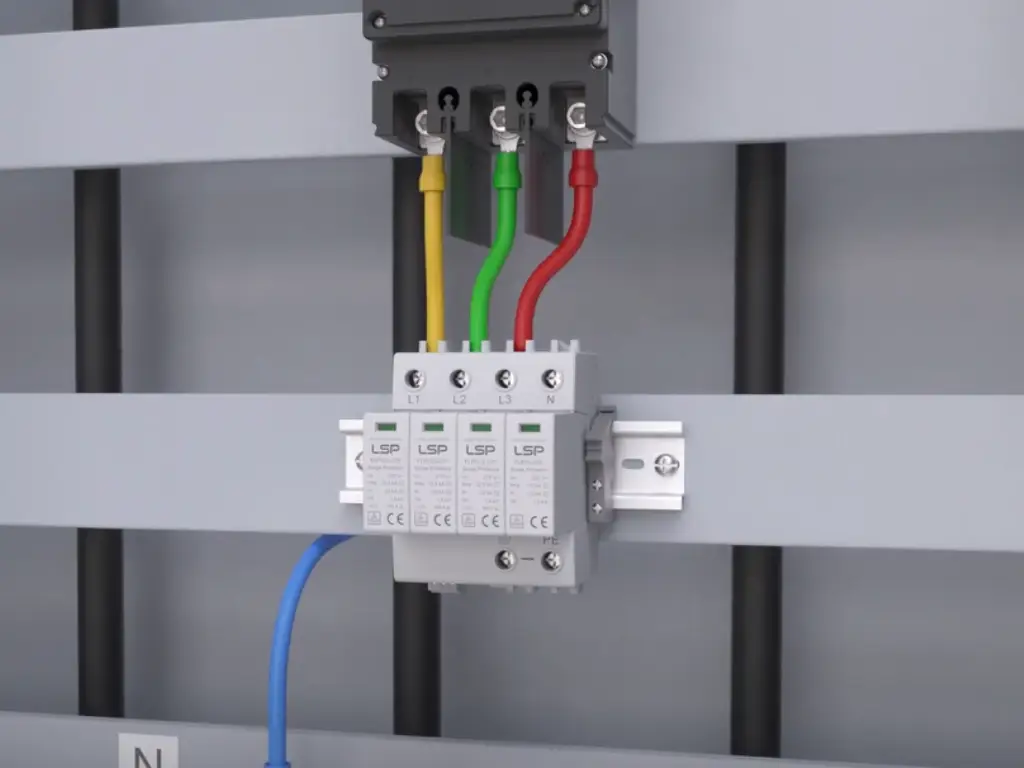
The effectiveness of a surge protection system depends on two aspects: the choice of devices and correct installation. A costly SPD that is not properly installed provides false security. Selection involves comparing the needs of your facility with important performance criteria, which are frequently defined by IEC, ANSI, or NEMA standards. The most important parameters to be considered are:
- – Maximum Continuous Operating Voltage (MCOV): The MCOV of the SPD should be equal or greater than the normal operating voltages of the system. It should be application-specific, either low voltage or high voltage systems.
- – Surge Current Capacity (kA rating): This is the maximum surge current that the device can divert in a single event and determines its resilience to various current waves. Areas that are subjected to higher risks, such as service entrance, need a higher kA rating and nominal discharge current capacity.
- – Voltage Protection Rating (VPR) or Voltage Protection Level (Up): This is one of the most important specs. It shows the voltage that the SPD will conduct to equipment connected to it in the event of a surge. A reduced VPR is more protective.
The most important thing is installation. It is important to follow an electrical installation guide. The golden rule is to make connecting wires as short and straight as possible. Each inch of wire increases the impedance, raising the let-through voltage. Long or looped wiring may make an SPD almost useless. Understanding the surge protection device symbol is essential for interpreting wiring diagrams, which is crucial for proper SPD installation. The device should be firmly connected to the phase conductors and above all the grounding system. There are also different accessories that you might have to consider to have a complete and compliant setup. For a detailed walkthrough, see our guide on how to install surge protection device effectively and safely.
Partnering with LSP: Enhancing Your Surge Protection Strategy
At LSP, we’ve specialized in the research and production of Surge Protective Devices (SPDs) since 2010, with our products now trusted in over 10 countries. With two automated production lines and an annual output capacity of 300,000 units, we deliver both speed and precision. Our ISO9001, TUV, CB, and CE certifications ensure that every SPD we produce meets international quality benchmarks. Whether you require standard models or customized solutions, we offer flexible production timelines, 10 to 15 days for regular orders and one month for custom designs. Even without stock, our lead time is only two months, thanks to our optimized supply chain.
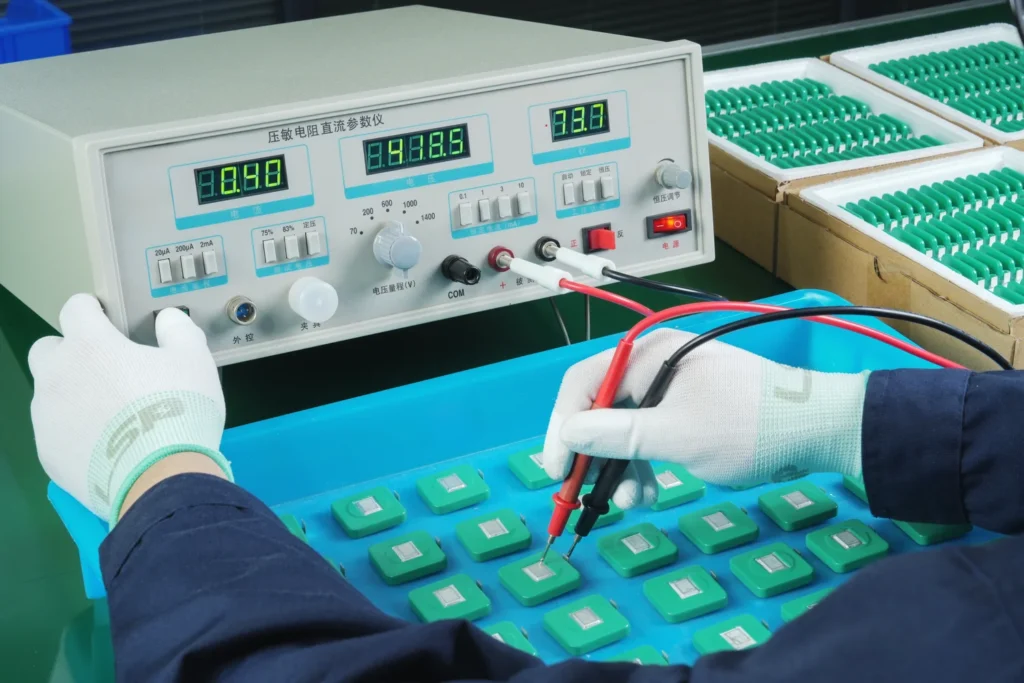
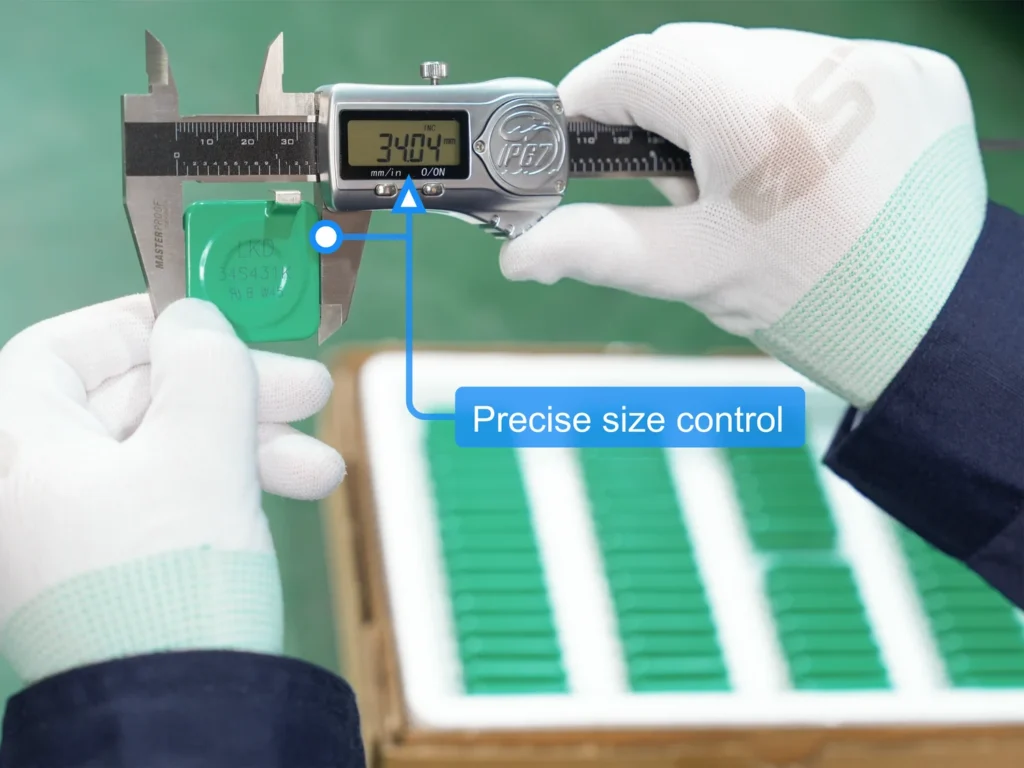
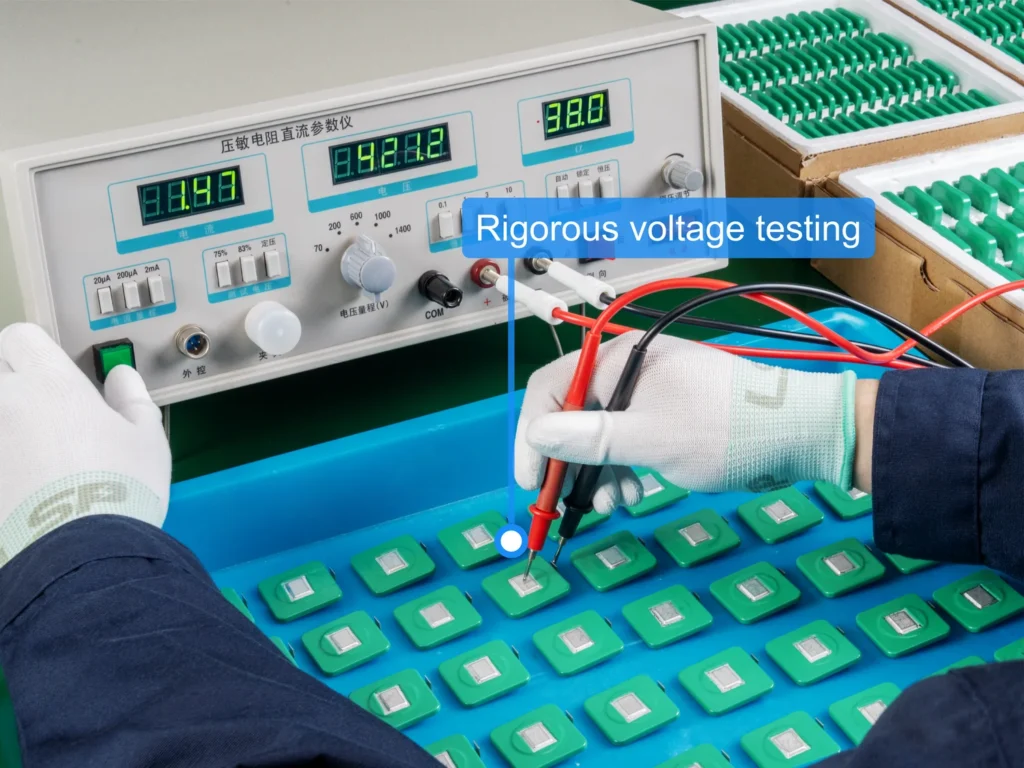
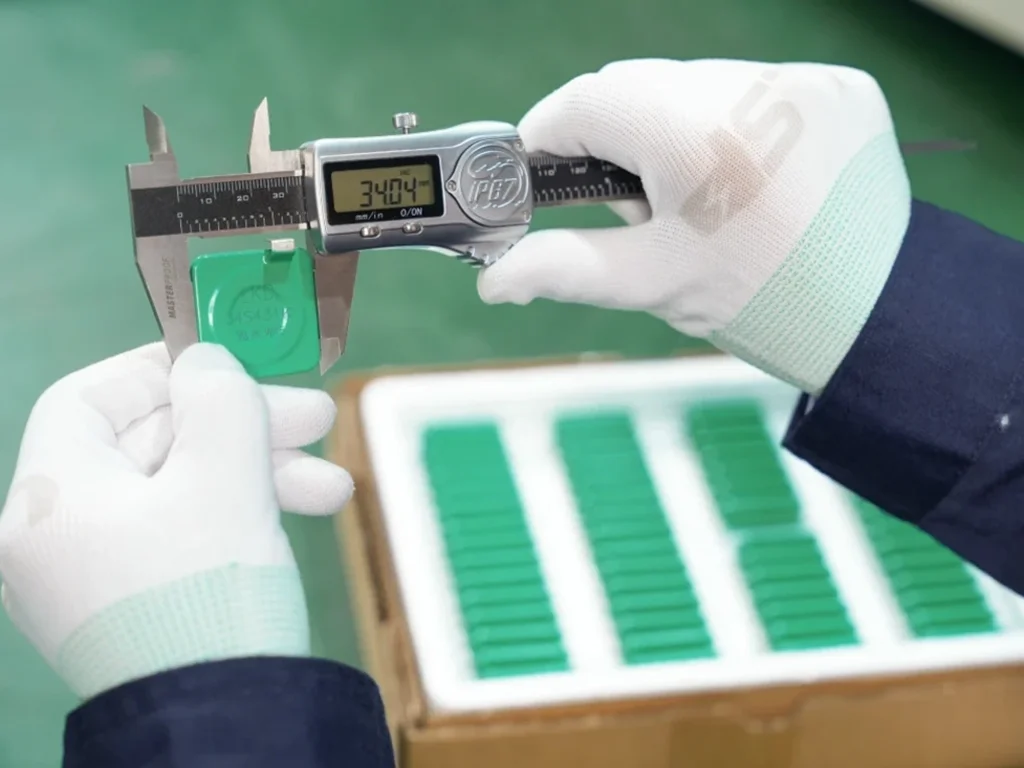
What sets LSP apart is our engineering depth and materials excellence. We use top-tier components like LKD MOVs and Vactech GDTs, trusted by industry giants. Our proprietary low-temperature thermal disconnection technology and moisture-resistant MOV encapsulation enhance both safety and durability. Our SPDs are built to endure powerful surges—up, up to 40kA for Type 2 devices—while maintaining long-term performance and stability. We also provide modular, dual-mode designs (Type 1+2) with full compliance to 8/20 and 10/350 waveform tests, giving our partners the flexibility to meet both European and Chinese installation requirements.
Beyond manufacturing, we act as a true partner in your surge protection strategy. From customized designs, 3D modeling, and logo branding, to co-certification services that help you quickly access local markets, we make integration seamless. Our dedicated team offers full lifecycle support: expert product selection guidance, real-time production updates, efficient packaging, and responsive after-sales service with a 5-year warranty. Whether you’re looking to expand into new markets or strengthen your existing surge protection offerings, partnering with LSP means reliability, innovation, and a commitment to your success.
Take Action Now: Secure Your Electrical Systems with Superior Surge Protection
Business operations require a stable and constant supply of power. Nevertheless, power systems are susceptible to unforeseen surges, transients, and other disturbances that may destroy equipment and disrupt processes. It is not enough to assume that the grid is reliable as a risk management strategy. Electrical protectionis required to be proactive and well designed.
Modern infrastructure is based on electronic devices. Whether it is computers that hold vital information, programmable logic controllers that control important processes and security systems that monitor physical assets, every device requires clean, stable power. All these systems are prone to electrical disturbances.
The decision is yours: either you keep on trusting the grid, or you introduce intelligent protection. When you partner with LSP, you are not buying a product, you are investing in strategic system resilience. Decades of application experience, real-world testing procedures such as 48-hour salt spray and three-parameter performance tests, and safety-oriented innovations such as arc isolation and remote signaling indicators support our SPDs. Our solutions are flexible and can fit in a variety of installation environments without compromising features such as modular construction that is compatible with 3+1 and 4+0 systems. Protect your gear, your business, and your future. Act now–since in surge protection, prevention is all.
